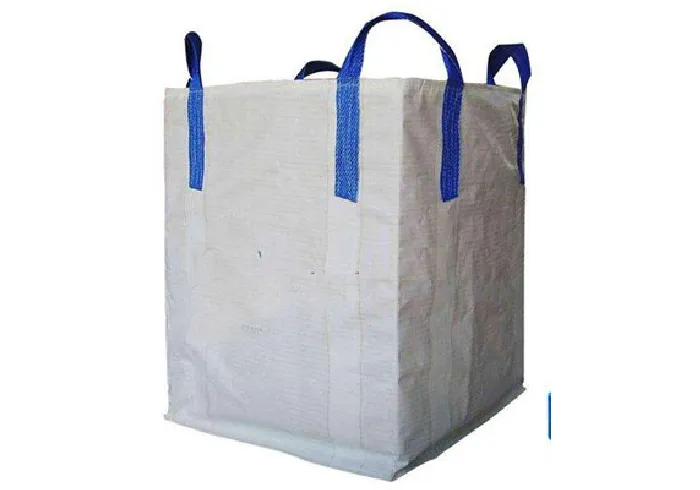Understanding the Importance of Leather Machine Needles for Optimal Sewing Performance and Quality Results
The Evolution and Importance of Leather Machine Needles
Leatherworking is a craft that has stood the test of time, evolving through centuries while maintaining its fundamental principles. One of the unsung heroes of this craft is the leather machine needle. While often overlooked, the proper selection and use of leather machine needles can make a significant difference in the quality and finish of leather projects.
Leather, as a material, is unique in its characteristics. It is tough, durable, and sometimes quite thick, presenting a challenge when it comes to stitching. Using regular needles can lead to complications, such as skipped stitches, damaged leather, and an overall unsatisfactory finish. This is where leather machine needles come into play, specifically designed to handle the rigors of stitching leather.
A leather machine needle is distinct in its design. It typically features a wedge-shaped point that allows the needle to easily penetrate the dense and tough fibers of leather without damaging the material. This design reduces the risk of tearing, which is crucial since leather can be unforgiving. Additionally, leather needles often possess a larger eye compared to standard needles, enabling them to accommodate thicker threads commonly used in leatherworking. This combination of features ensures that the needle can handle heavy-duty tasks effectively while maintaining the integrity of the leather.
The choice of needle size is also paramount. Leather needles come in various sizes, which cater to different leather types and thicknesses. For example, a finer needle may be perfect for softer, thinner leather, while thicker, heavier leather requires a larger needle size to achieve optimal results. Understanding this hierarchy is essential for any leatherworker who aspires to create high-quality pieces.
leather machine needle

Moreover, different types of stitches might require different needle types. For instance, a standard leather needle is excellent for basic stitching, whereas a specialized needle, such as a double needle or a serger needle, might be necessary for more complex projects. This diversity allows artisans to explore a range of techniques and expand their creative possibilities.
Another critical aspect of using leather machine needles is maintenance. Leatherworking can be a messy endeavor, and needles can become dull or bent over time. Regularly checking the condition of the needle is vital to ensure consistent quality in your stitching. A dull needle not only compromises the aesthetics of the finished product but also increases the risk of damaging the leather. Replacing needles when needed is a small investment that pays off in the long run.
As the leather industry continues to modernize, the technology behind leather machine needles has also improved. Commercial sewing machines equipped with advanced features allow for more precise stitching, while high-quality needles are manufactured using innovative materials that enhance durability and efficiency. This progression opens new avenues for both hobbyists and professionals alike, who can now achieve results that were once unimaginable.
In conclusion, leather machine needles play a critical role in the art of leatherworking. Their unique design, coupled with the right choice of size and type, ensures that artisans can work with leather effectively and creatively. As leather products remain a staple in fashion, accessories, and upholstery, understanding and respecting the role of these specialized needles can elevate one’s craftsmanship and result in beautiful, long-lasting creations. Whether you are a seasoned leatherworker or a novice exploring this captivating craft, investing time in learning about leather machine needles will undoubtedly enrich your experience and outcomes in this timeless art.
-
Industrial Cylinder Arm Sewing Machine: Revolutionizing Heavy-Duty SewingNewsJul.28,2025
-
Cylinder Arm Sewing Machine: Perfect for Special Sewing ApplicationsNewsJul.28,2025
-
Cylinder Bed Sewing Machine: Essential for Sewing Complex MaterialsNewsJul.28,2025
-
Heavy Duty Sewing Machine: The Essential Tool for Industrial ApplicationsNewsJul.28,2025
-
Computerized Pattern Sewing Machine: Revolutionizing Precision StitchingNewsJul.28,2025
-
Heavy Duty Industrial Sewing Machine: Power Meets PrecisionNewsJul.28,2025
-
Leather Sewing Machine: The Industrial Standard for Tough MaterialsNewsJul.18,2025





























